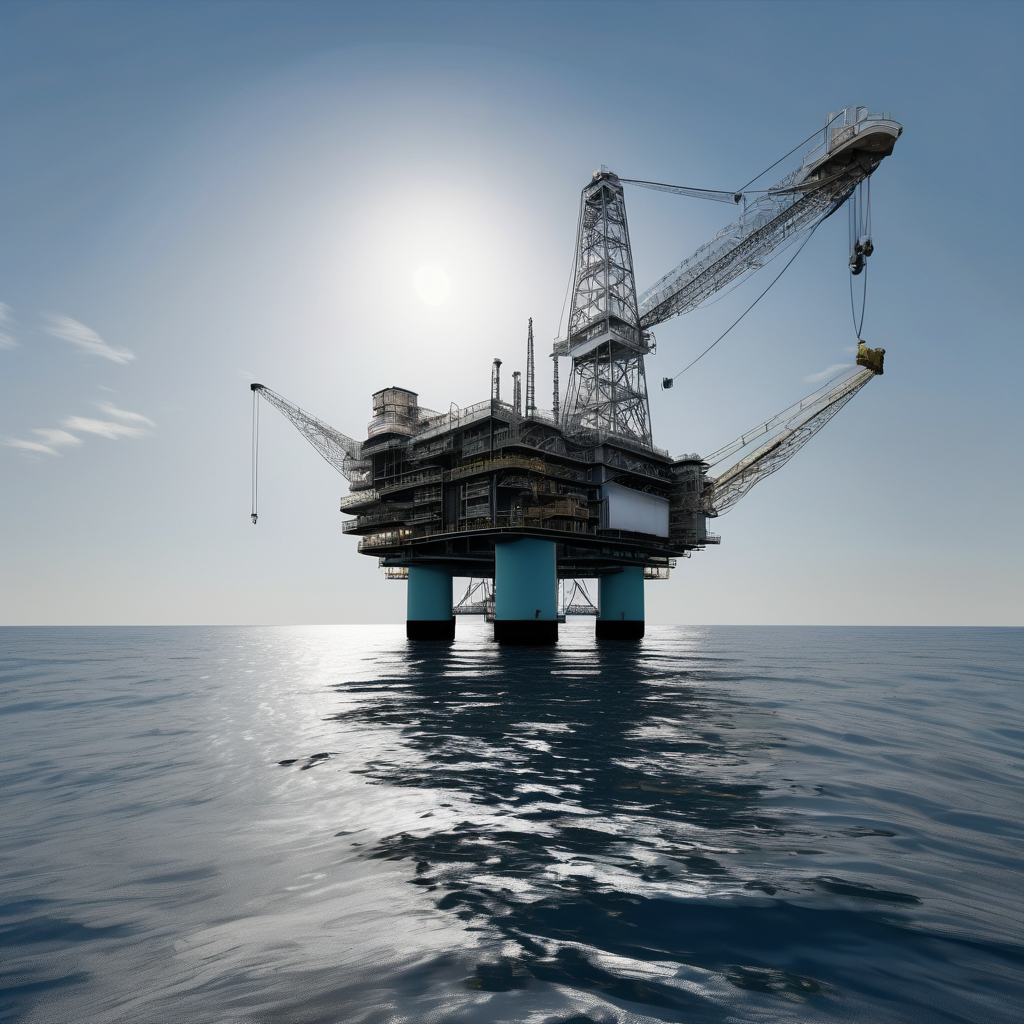BP has announced a significant investment in the Gulf of Mexico with a new $5 billion offshore drilling project, intending to enhance its U.S. oil production substantially. The Tiber-Guadalupe development, located approximately 300 miles southwest of New Orleans, is set to start producing oil in 2030 with a floating platform. This platform is expected to yield up to 80,000 barrels of oil daily. These fields are estimated to hold around 350 million barrels of recoverable resources, contributing to BP’s ambition of reaching at least 400,000 barrels of oil equivalent daily (boepd) from the Gulf by the next decade. This marks an increase from last year’s production of 341,000 boepd.
This investment underscores BP’s strategic shift from renewable energy sources back to its roots in oil and gas. The company aims to achieve over 1 million boepd in U.S. production by the end of the decade, supporting nearly half of its global production target. By implementing design efficiencies in this project, BP expects development costs to be about $3 per barrel lower than its previous Kaskida project, enhancing economic viability. This strategic move could help BP close the performance gap with industry leaders such as ExxonMobil and Shell, reinforcing its position as a significant player in the global energy landscape.
BP’s commitment to expanding its oil production reflects a broader industry trend towards maximizing traditional energy resources, which remains a key component of the global energy supply. While the pivot away from renewables may appear counter to general sustainability trends, BP’s focus is strategically aligned with the current market demands and its corporate objectives. This development could play a crucial role in meeting both domestic and global energy needs in the coming years.
